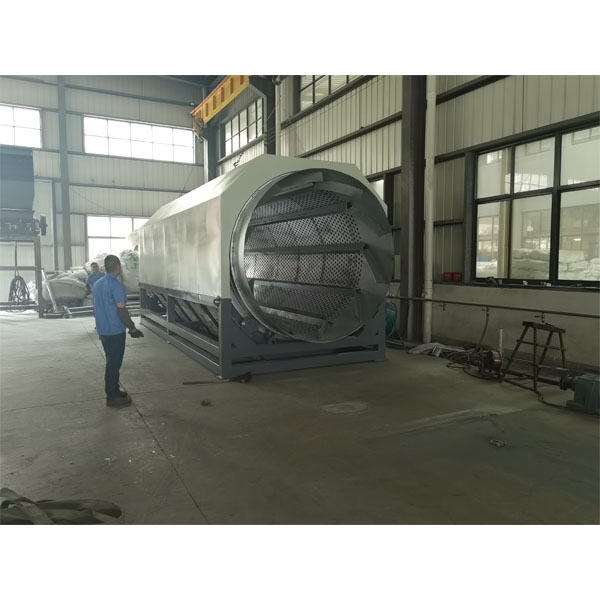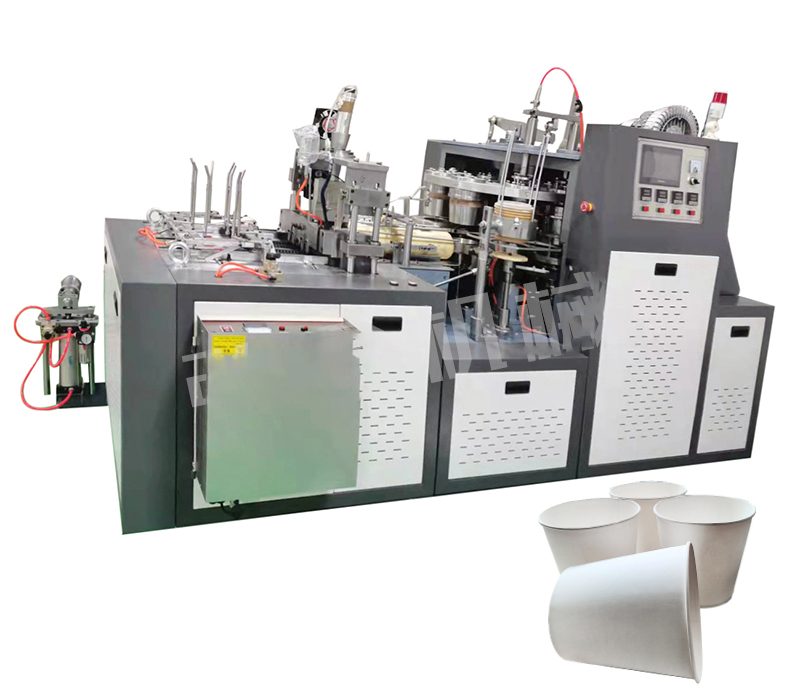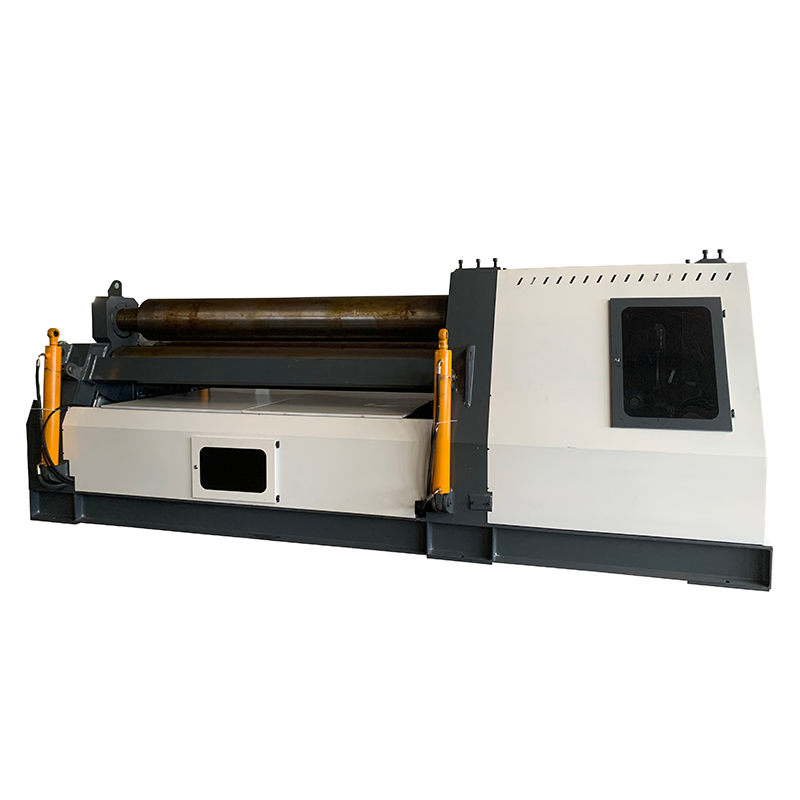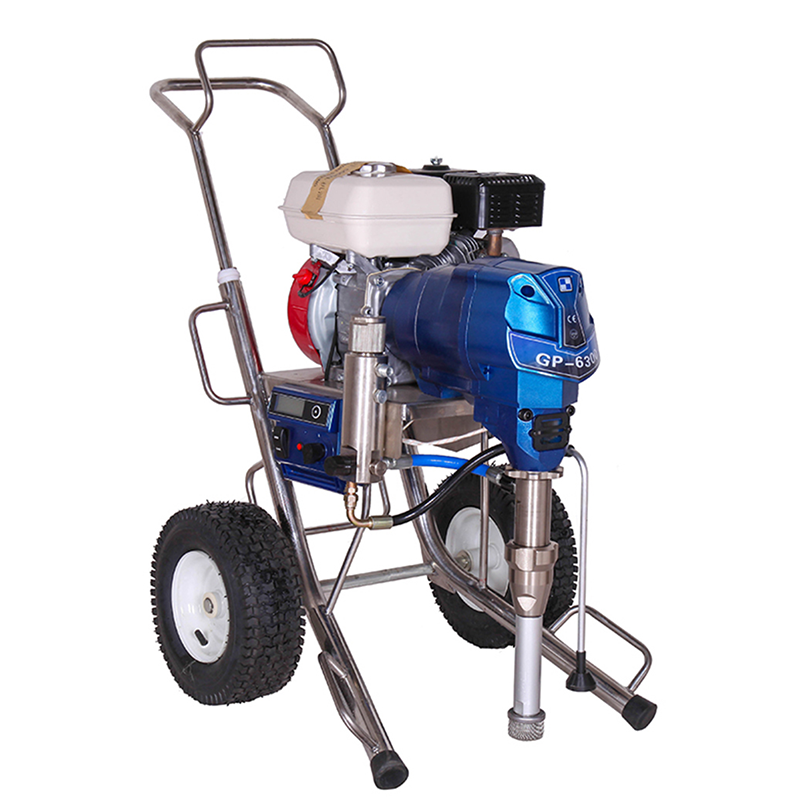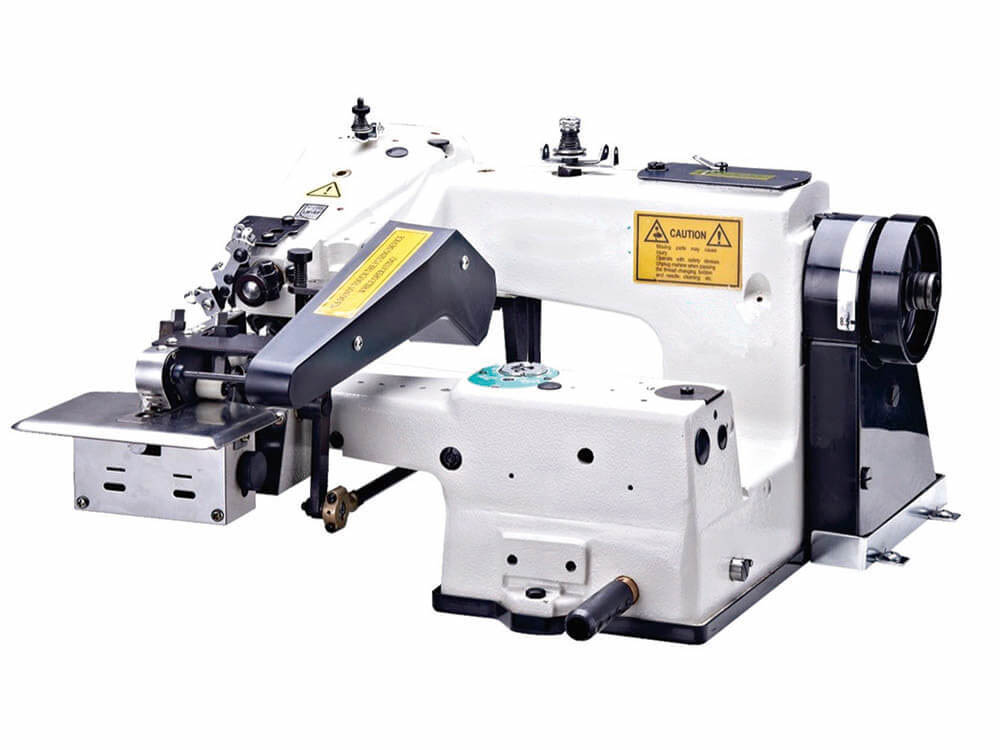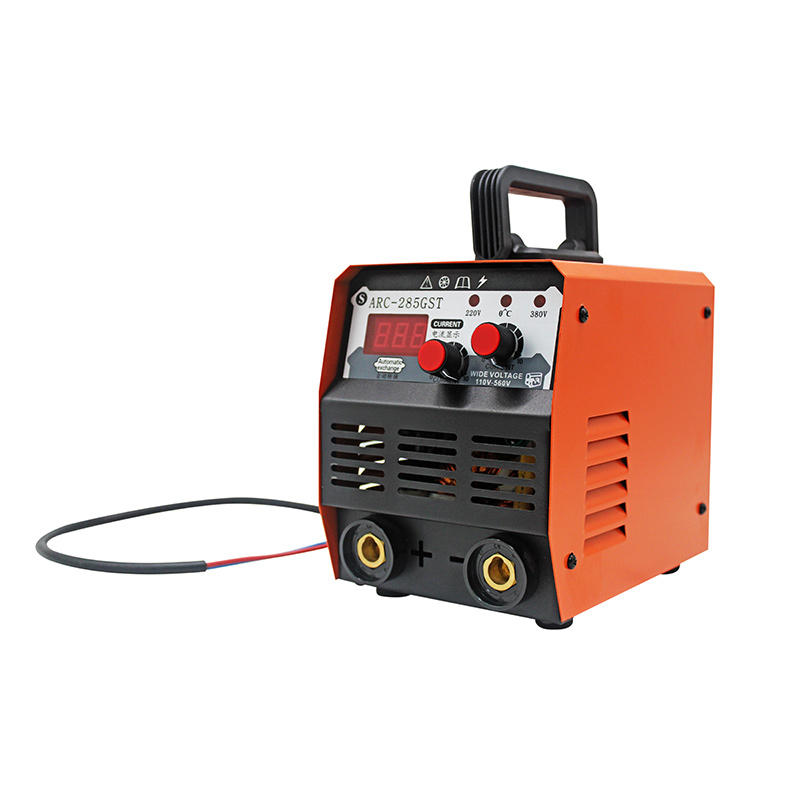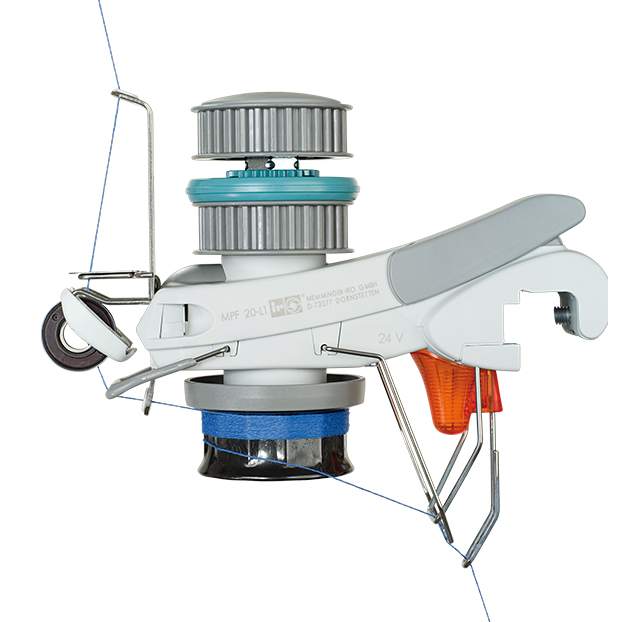Trommels Can be integrated to new or existing plants For waste management and recycling facilities
A trommel is a cylindrical drum-like machine used in various industries for sorting and separating materials. Such as in waste management and recycling facilities for sorting and separating waste plastics. It consists of a rotating drum that is usually perforated or meshed, allowing smaller particles to pass through while larger materials are retained.
Material Feeding: Waste plastic materials are fed into the trommel, usually through a hopper or conveyor belt. This can include a variety of plastic items such as bottles, containers, packaging, and other plastic waste.
Rotating Drum: The trommel drum rotates, typically driven by an electric motor. The drum is perforated or fitted with mesh screens of different sizes, allowing for the separation of plastics based on their dimensions.
Separation by Size: As the drum rotates, smaller plastic particles, such as plastic flakes or granules, pass through the perforations or mesh screens, while larger items, such as plastic bottles or containers, are retained inside the drum.
Material Sorting: The smaller plastic particles that pass through the trommel are typically directed towards further processing steps, such as washing, shredding, or pelletizing. These processes help prepare the plastic for recycling into new products.
Discharge: The larger plastic items that remain in the trommel drum are typically discharged at the end of the process. They can be manually sorted or further processed to remove contaminants before being sent for recycling or disposal.
Trommels used in waste plastic applications can be customized with specific drum perforations or mesh screens to accommodate different types and sizes of plastic waste. They are an effective tool for separating plastic materials based on their size, allowing for efficient recycling and resource recovery.
video:
